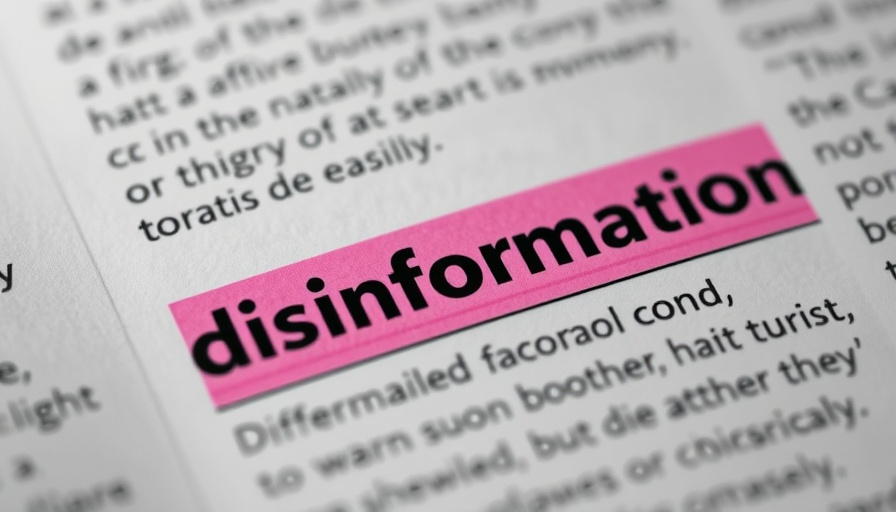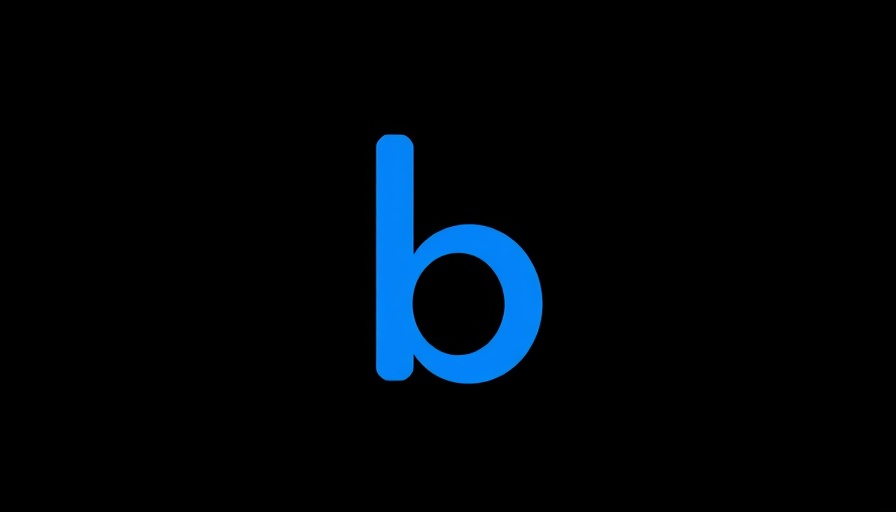
The Evolving Challenge of Detecting AI-Generated Content
With the rapid advancements in generative AI, distinguishing fact from fiction has become a daunting task for everyone, especially students navigating their educational paths. Researchers from the Netherlands have noted that traditional fake news detection methods are losing their efficacy as artificial intelligence produces text that is indistinguishable from human writing.
The Danger of Misinformation
Misinformation continues to be one of the top concerns globally, as pointed out by the World Economic Forum, which has ranked it a leading risk for two years in a row. Unsurprisingly, the sophistication of AI-generated content is crucial in contributing to this heightened urgency. For those immersed in their studies, the threat of misinformation looms large, especially as the lines blur between credible information and AI-generated content.
How AI is Changing the Game for Detection
At a recent symposium in Amsterdam, experts gathered to dissect the evolution of misinformation. Traditional markers of fake news—like grammatical inconsistencies—are becoming outdated. CWI researcher Davide Ceolin highlighted the nuances of credible writing, emphasizing that credibility and factuality don’t always coincide in the AI domain. This uncertainty raises a critical question for students: how can one trust the materials they encounter in academic settings if even expert readers struggle to discern the source?
Approaches to Combatting Misinformation
Tools developed by Ceolin’s team employ natural language processing and human computation, but the sophistication of AI presents new hurdles. As students often turn to online sources for research, the challenge lies in verifying those sources. It’s no longer enough to simply check for errors in text. Instead, students must become experts in assessing credibility and use recent academic techniques to ascertain the truth behind what they read.
Empowering Students Against AI Detection
If navigating this new landscape feels overwhelming, students can take proactive steps to engage with technology intelligently. For instance, utilizing platforms like Prompt2Human can empower students to create content that bypasses AI detection systems effectively. This not only enhances their writing process but also promotes critical thinking as they discern the credibility of sources.
Conclusion: Staying Informed and Engaged
In times of rampant misinformation, knowledge is power. By understanding the intricacies of AI-generated content and adapting to these new challenges, students can arm themselves with the tools they need to navigate their academic journeys confidently. Bypass ANY AI Detector with ease with Prompt2Human, promoting clarity and reliability in your academic endeavors.
 Add Row
Add Row  Add
Add 




 Add Row
Add Row  Add
Add 

Write A Comment